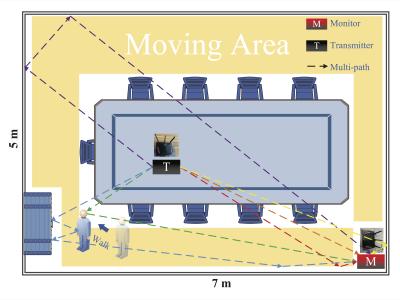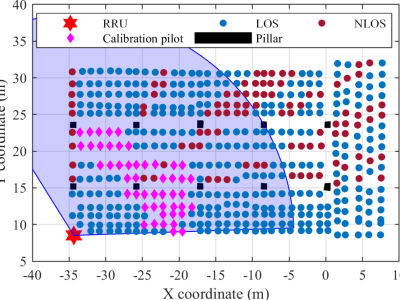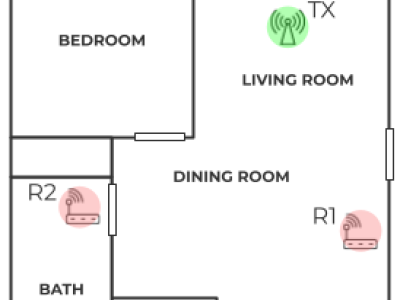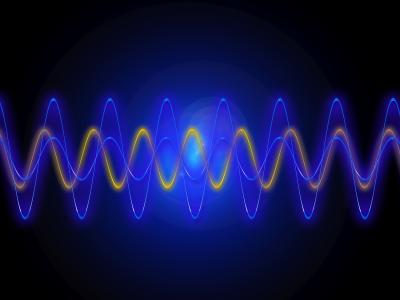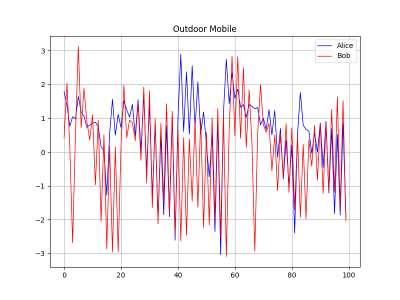
This dataset contains 20,000 packets of wireless channel measurements collected between two simulated devices, Alice and Bob, using the Vienna 5G Link Level Simulator. The dataset captures channel state information (CSI), signal magnitude, and phase variations under four different wireless environments: Indoor Mobile (IME), Indoor Static (ISE), Outdoor Mobile (OME), and Outdoor Static (OSE), with corresponding correlation values of 0.65, 0.82, 0.66, and 0.63, respectively.
- Categories:

